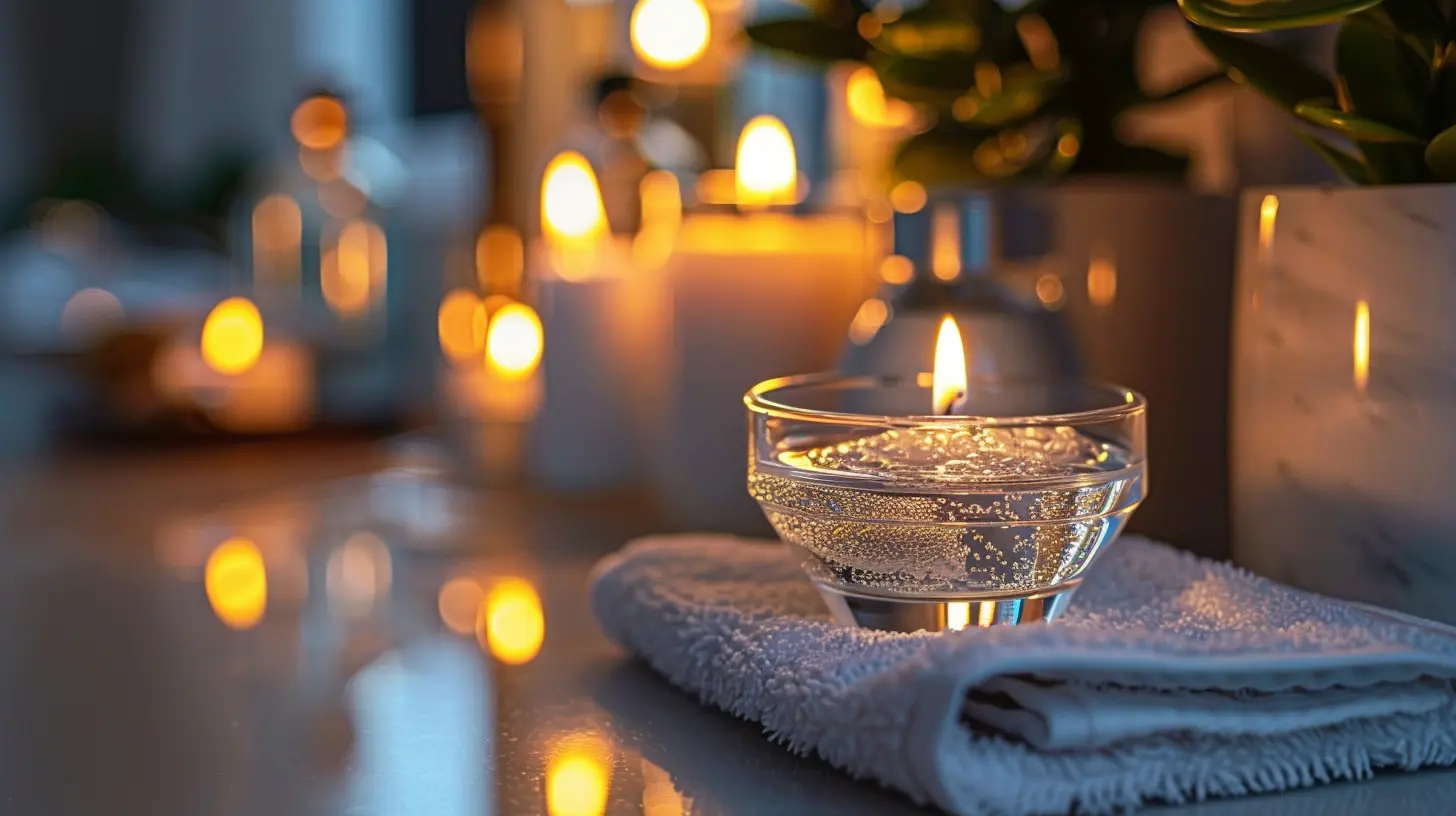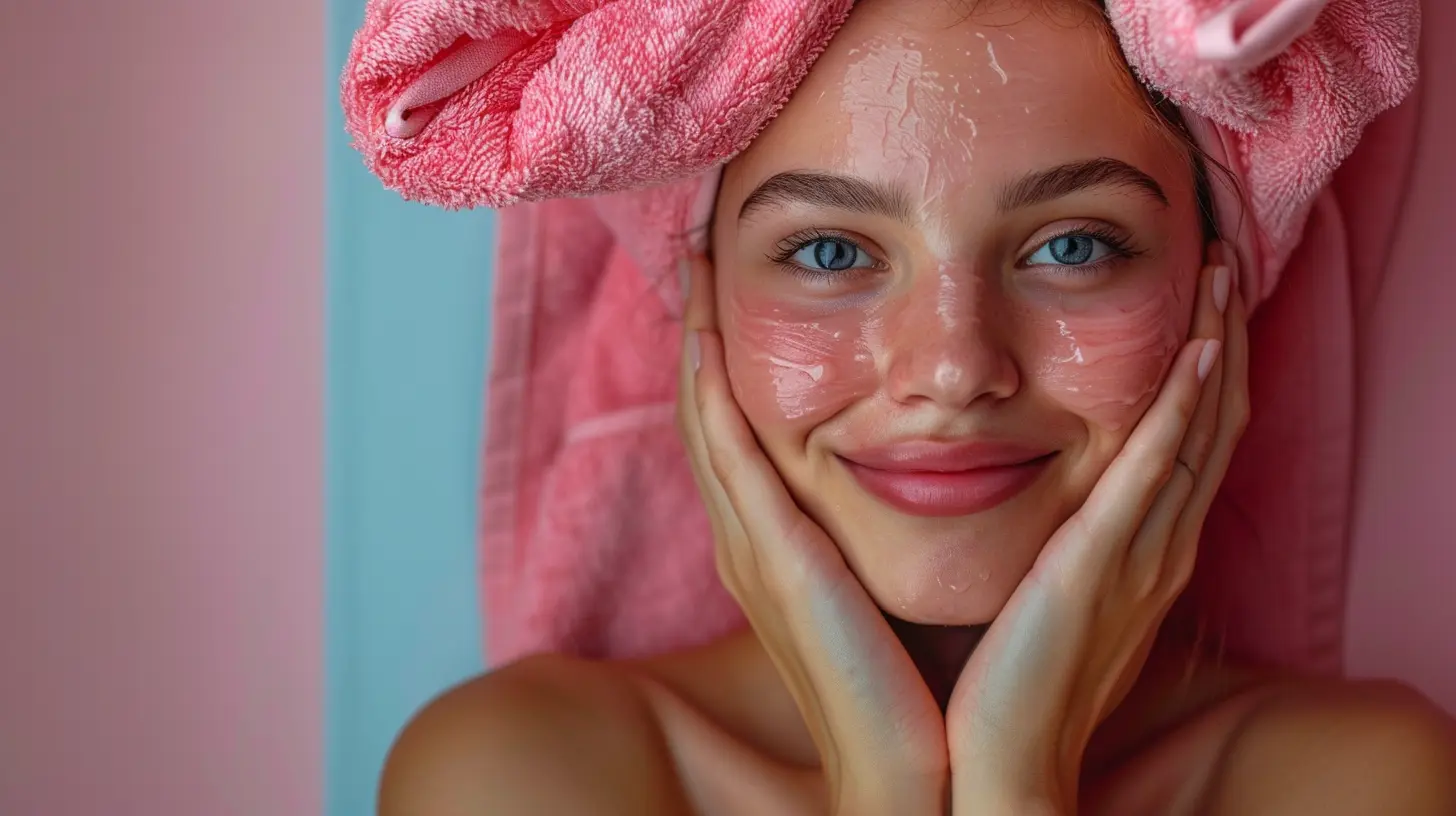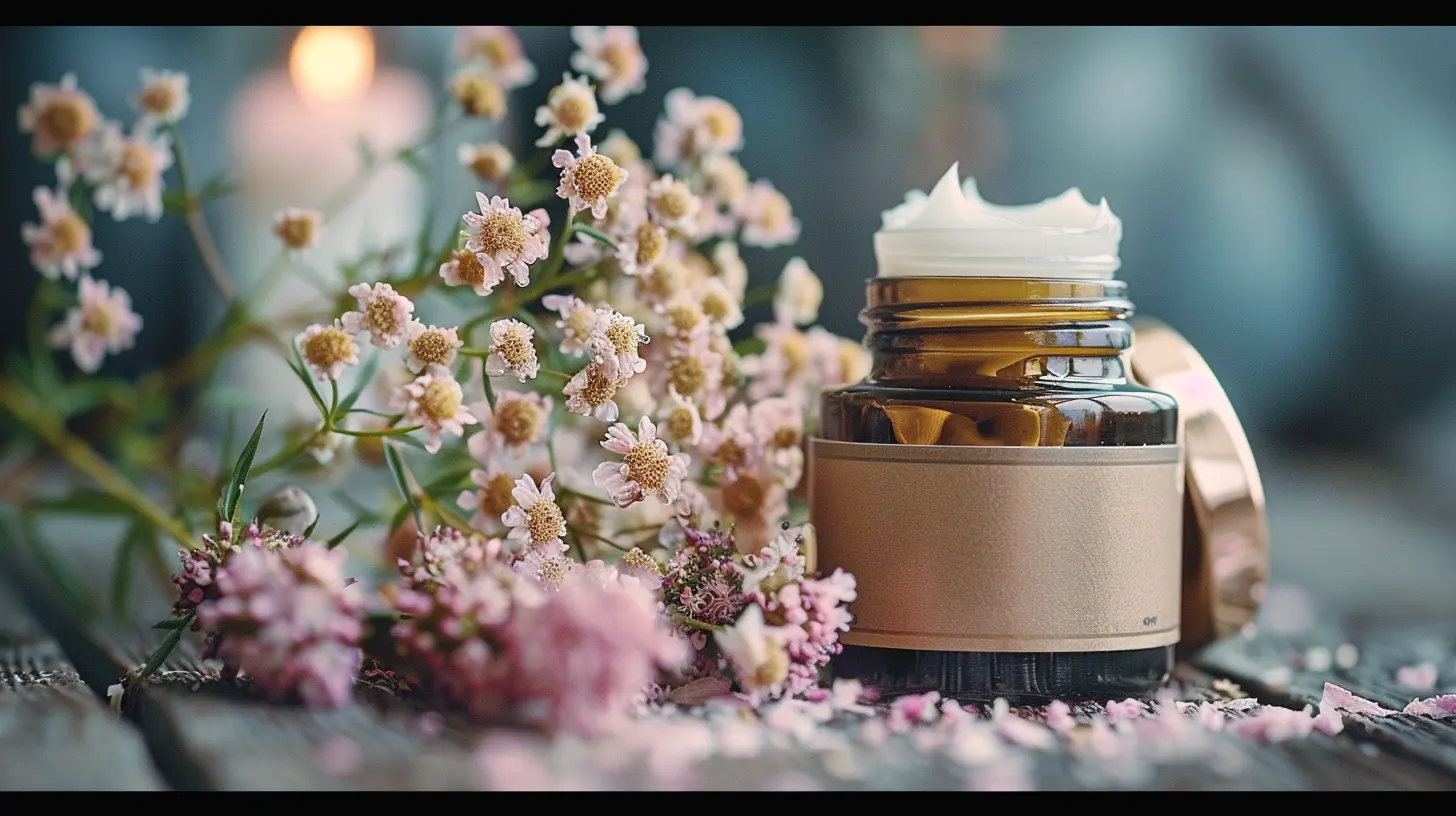Creating an Evening Skincare Routine for Repair and Recovery
14 October 2025
Nothing feels better than winding down after a long day, washing off the dirt and stress, and giving your skin the care it deserves. But did you know that your nighttime skincare routine plays a crucial role in repairing and rejuvenating your skin? While you sleep, your skin gets to work—shedding dead cells, producing collagen, and healing from daily exposure to pollutants and UV rays.
A well-structured evening skincare routine isn’t just about washing your face and slapping on some moisturizer. It’s about giving your skin the right nutrients and hydration to help it recover while you rest. In this guide, we’ll cover a step-by-step evening skincare routine that promotes repair and recovery, ensuring you wake up with refreshed, glowing skin. 
Why Is an Evening Skincare Routine Important?
Your skin works on a different cycle at night compared to the daytime. While daytime skincare focuses on protection (think SPF and antioxidants), nighttime is all about regeneration. This is when your skin’s permeability increases, making it more receptive to active ingredients in your skincare products. That’s why your evening routine should focus on hydration, repair, and addressing specific skin concerns like acne, hyperpigmentation, or fine lines.Skipping your nighttime routine means missing out on the prime opportunity for your skin to heal itself. And let’s be honest—going to bed with makeup or dirt on your face? That’s a recipe for breakouts, irritation, and premature aging. 
Step-by-Step Evening Skincare Routine
Now, let’s break it down into simple, effective steps that ensure your skin gets the best care before you hit the pillow.
1. Remove Makeup and Sunscreen
The first and most crucial step—taking off your makeup! Throughout the day, your skin accumulates dirt, oil, and environmental pollutants. If you don’t remove them properly, they can clog your pores, leading to breakouts and dullness.How to do it:
- Use a gentle oil-based cleanser or micellar water to break down heavy makeup, sunscreen, and waterproof products.
- Massage it into your skin using circular motions to ensure thorough removal.
- Wipe it away with a damp cotton pad or rinse it off with lukewarm water.
Pro Tip: Double cleansing (using an oil cleanser followed by a gentle face wash) ensures every trace of dirt is gone without stripping your skin of moisture.
2. Cleanse with a Gentle Face Wash
Once the makeup and sunscreen are gone, it’s time for a deeper cleanse. This step removes any residue left behind and preps your skin for the rest of your routine.What to use:
- If you have oily or acne-prone skin, go for a salicylic acid-based or gel cleanser.
- For dry or sensitive skin, use a hydrating, fragrance-free cleanser that won’t strip your skin.
Massage the cleanser onto damp skin for about 60 seconds before rinsing. This allows the active ingredients to work their magic.
3. Exfoliate (2-3 Times a Week)
Exfoliation is like taking your routine up a notch. It helps remove dead skin cells, unclogs pores, and allows your other skincare products to absorb better. But overdoing it can lead to irritation, so 2-3 times a week is ideal.Two types of exfoliation:
- Chemical exfoliants (AHAs, BHAs) gently dissolve dead skin cells and work well for acne, rough texture, or hyperpigmentation.
- Physical exfoliants (scrubs) work too, but be cautious—harsh scrubs can cause microtears in the skin.
If you’re using an exfoliating toner (like glycolic or lactic acid), apply it right after cleansing using a cotton pad.
4. Apply a Hydrating Toner or Essence
Toners and essences help restore your skin’s pH balance and add a layer of hydration. Think of this step as giving your skin a refreshing drink before applying heavier products.Look for:
- Hyaluronic acid – for deep hydration
- Rose water – to soothe and calm the skin
- Green tea extract – for antioxidant protection
Simply pat it into your skin using your fingertips—no need for a cotton pad!
5. Target Skin Concerns with Serums
Serums are the real MVPs of any skincare routine. They’re packed with concentrated active ingredients that penetrate deep into your skin to target specific concerns.Best nighttime serums:
- Retinol – Boosts collagen, fights wrinkles, and improves texture
- Niacinamide – Reduces redness and strengthens the skin’s barrier
- Vitamin C – Brightens skin and fades dark spots
- Hyaluronic acid – Provides intense hydration
Apply 2-3 drops to your face and gently press it in. If you’re new to retinol, start with a low concentration to avoid irritation.
6. Lock It in with Moisturizer
Think of moisturizer as the seal that locks in all the goodness you just applied. Skipping this step can lead to moisture loss, leaving your skin dry and vulnerable.Choose a moisturizer based on your skin type:
- Dry skin? Go for a rich, creamy moisturizer.
- Oily skin? Opt for a lightweight, gel-based formula.
- Sensitive skin? Look for fragrance-free, soothing ingredients like ceramides and aloe vera.
Massage the moisturizer into your skin in gentle upward motions to boost circulation.
7. Eye Cream (Optional but Effective)
The skin around your eyes is the thinnest and most delicate, meaning it needs extra care. If you struggle with dark circles, puffiness, or fine lines, an eye cream can work wonders.What to look for:
- Caffeine – Reduces puffiness
- Peptides – Helps with fine lines
- Hyaluronic acid – Keeps the area hydrated
Use your ring finger to gently tap it around your eyes—no tugging!
8. Apply a Lip Balm
Your lips need love too! Before bed, apply a moisturizing lip balm that contains ingredients like shea butter, beeswax, or jojoba oil to keep them soft and smooth overnight.9. Overnight Treatments (Optional but Beneficial)
If you want to take things up a notch, adding an overnight mask or facial oil can provide extra hydration and repair benefits.- Sleeping masks work as an intense hydrating treatment while you sleep.
- Facial oils (like rosehip or argan oil) add nourishment, especially for dry skin.
Apply these as the last step in your routine, and let them work their magic overnight. 
Final Tips for a Successful Evening Routine
1. Be consistent – Skincare is a marathon, not a sprint. Stick to your routine for noticeable results.2. Change your pillowcase often – Dirty pillowcases can harbor bacteria that lead to breakouts.
3. Hydrate and get enough sleep – No skincare product can replace good hydration and proper rest.
4. Avoid touching your face – Keep your hands off to prevent the transfer of dirt and oils.
5. Listen to your skin – If something causes irritation, cut it out or adjust your usage.
By following these steps, you’ll create an evening skincare routine that not only cares for your skin but also promotes long-term health and radiance. So go ahead—pamper yourself, unwind, and wake up to beautifully refreshed skin every morning!
all images in this post were generated using AI tools
Category:
Healthy SkinAuthor:

Sophia Wyatt
Discussion
rate this article
1 comments
Hannah Rhodes
Embrace the transformative power of an evening skincare routine! Taking just a few moments for yourself each night can rejuvenate your skin and nurture your spirit. Shine on!
November 1, 2025 at 3:19 PM


